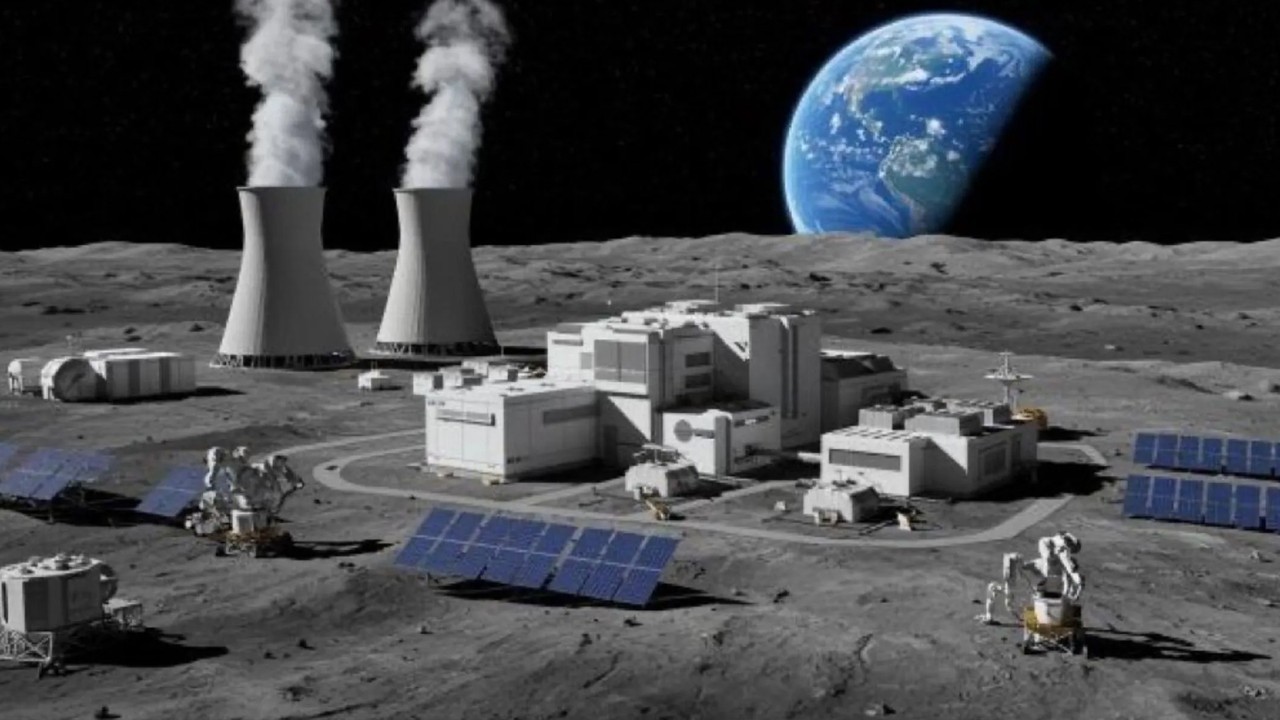NASA to build nuclear reactor on Moon by 2030

Web Desk
|
6 Aug 2025
NASA is set to accelerate its plans to construct a nuclear reactor on the Moon by 2030, according to US media reports.
The move is part of America’s broader ambition to establish a permanent human presence on the lunar surface, as reported by the BBC.
According to Politico, the agency’s acting administrator raised concerns about similar efforts by China and Russia, warning that the two nations might eventually declare “keep-out zones” on parts of the Moon.
However, skepticism surrounds the feasibility of NASA’s target and timeframe—especially in light of recent budget cuts. Some scientists argue the initiative is more geopolitically driven than technologically or scientifically motivated.
Nations including the US, China, Russia, India, and Japan are intensifying lunar exploration efforts, with several planning long-term human settlements.
In a letter cited by The New York Times, US Transport Secretary Sean Duffy—currently serving as NASA’s interim head under President Donald Trump—stressed the urgency of advancing space-based nuclear technology to support lunar and Martian missions and bolster national security in space.
He has called on private companies to submit proposals for a reactor capable of producing at least 100 kilowatts of power. Though modest compared to Earth-based turbines, this output would be significant for lunar applications.
NASA previously awarded three $5 million contracts in 2022 to design prototype reactors. Meanwhile, China and Russia announced in May that they aim to build an automated nuclear power station on the Moon by 2035.
Experts believe nuclear energy is essential for lunar missions. A single lunar day lasts nearly a month on Earth—comprising two weeks of sunlight followed by two weeks of darkness—making solar power unreliable for continuous energy needs.
“Nuclear energy is not just desirable, it is inevitable,” said Dr. Sungwoo Lim, senior lecturer in space applications at the University of Surrey.
He noted that building even small-scale habitats would require megawatt-level power that solar and battery systems cannot consistently deliver.












Comments
0 comment